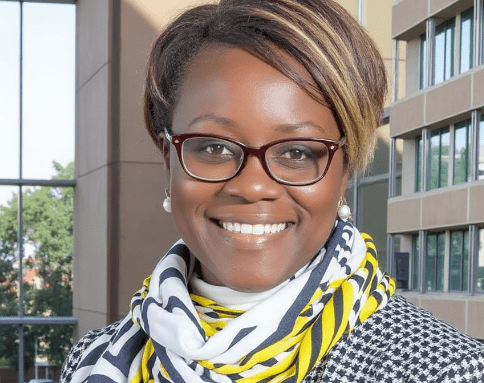A fresh approach to easing the debt burden on African nations has been gaining traction this week, as policymakers, economists, and development organizations discuss strategies to address the crippling financial strain on the continent. Currently, 25 African countries are allocating over 10% of their national revenues to service debt, a trend that is undermining their ability to invest in essential services such as healthcare, education, and infrastructure.
The Debt Crisis in Africa
Africa’s debt situation has been exacerbated by several factors, including external borrowing, economic mismanagement, and the global economic downturn caused by the COVID-19 pandemic. Countries such as Zambia, Ghana, and Kenya have experienced sharp increases in debt, often driven by borrowing from both private lenders and international financial institutions. The challenge is particularly acute in low-income countries, where limited access to capital markets forces governments to take on expensive loans.
The growing debt burden has significantly impacted these nations’ abilities to invest in long-term development goals, trapping them in a cycle of borrowing and repayment. This dynamic has not only stifled economic growth but has also led to social unrest in several countries, where populations demand better living conditions and public services.
A New Strategy: Debt Swaps and Restructuring
One of the solutions proposed during discussions this week is a revival of “debt-for-nature” swaps, a concept that first emerged in the 1980s. Under this framework, a portion of a country’s debt is forgiven in exchange for commitments to invest in environmental protection or sustainability projects. This innovative approach could help African nations tackle both financial and environmental challenges simultaneously.
Another proposed solution involves more comprehensive debt restructuring and forgiveness programs. International financial institutions, such as the International Monetary Fund (IMF) and World Bank, are being urged to play a larger role in facilitating these debt-relief measures. Additionally, there are calls for private lenders to participate in these restructuring efforts, as they currently hold a significant portion of African debt.
The Role of Multilateral Institutions
Multilateral organizations like the IMF and the World Bank have a crucial role to play in easing Africa’s debt crisis. Several experts argue that the existing debt relief initiatives, such as the Debt Service Suspension Initiative (DSSI), are inadequate, as they only offer temporary relief. Many African nations require more sustainable, long-term solutions that include not just postponing payments but significantly reducing their overall debt burden.
Moreover, there is a push for the creation of a new global financing mechanism that would allow countries to access funds for development without having to resort to unsustainable borrowing. This approach would give African nations the financial breathing room needed to invest in critical sectors such as education, healthcare, and infrastructure without becoming trapped in a debt cycle.
The Path Forward
The debate around debt relief in Africa is gaining momentum, and there is growing recognition that the current approach is not enough to address the scale of the problem. A combination of debt forgiveness, restructuring, and innovative financial instruments like debt swaps will likely be necessary to ensure Africa can break free from its debt dependency and achieve sustainable development.
As discussions continue, global leaders are urged to take swift action to provide relief to Africa’s debt-burdened nations. Without meaningful change, the continent risks falling further behind in its development goals, with severe consequences for its population and future economic stability.





